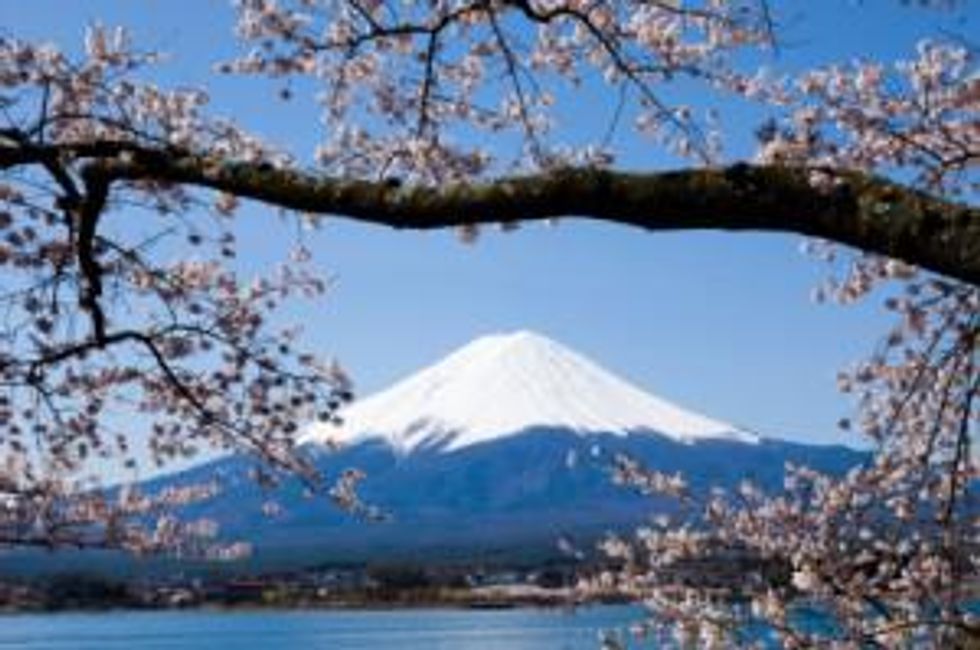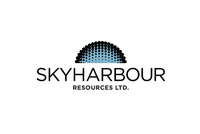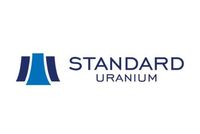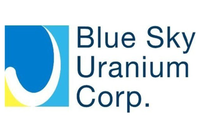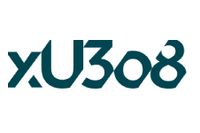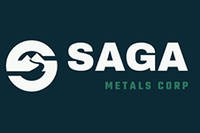Japanese Resource Company Secures Uranium Supplies in Uzbekistan
Japan has become a bellwether for the nuclear and uranium industries. News that state-run JOGMEC has signed a production-sharing agreement with the government of Uzbekistan is a strong indication that Japan is not committed to phasing out its nuclear power program.
While the uranium spot market remains plagued with uncertainty, Japan has become the bellwether for the nuclear and U3O8 industries. News that Japan Oil, Gas and Metals National (JOGMEC) signed a production-sharing agreement with the government of Uzbekistan is a strong indication that Japan’s government is not committed to phasing out its nuclear power program.
JOGMEC was created by the Japanese government in 2004 and is tasked with securing stable supplies of oil, natural gas and nonferrous metal and mineral resources. By partnering with Uzbekistan to explore and develop uranium deposits, the Japanese government is essentially working to obtain uranium for its nuclear power program — which it claims will be phased out by 2040. Prior to Fukushima, the Japanese government had planned for nuclear power to supply about 50 percent of the nation`s energy demand by 2030.
In the U308 spot market, UxC has dropped its nuclear fuel price 75 cents to $45.75 per pound. TradeTech’s nuclear fuel price indicator is unchanged from last week at $46.50 per pound as of September 28. “The abrupt turnaround in Japan’s position has not reassured all market participants, and some sellers continued to drop offer prices over the course of the week,” said TradeTech. “However, buying interest continues to emerge, particularly with the recent drop in prices.”
China is expected to restart its stalled nuclear program in the fourth quarter of this year, with the second phase of construction at the Tianwan nuclear plant slated for December, reported TradeTech.
Company news
Last week, BHP Billiton (ASX:BHP,LSE:BLT,NYSE:BHP) asked the government of South Australia to extend the deadline for a decision on its proposed Olympic Dam expansion to October 2016. In August, BHP shelved the $30 billion expansion proposal citing poor economics for both copper and uranium extraction. The federal government’s environmental approval for the project expires in October 2016. The South Australian state government said it will give “very careful consideration” to the company’s request.
On Wednesday, shares of BHP were trading at $68.24 on the NYSE.
Also last week, Forsys Metals (TSX:FSY) announced the completion of an updated NI 43-101 resource estimate on its wholly-owned Namibplaas uranium project in Namibia. The indicated resource estimate at Namibplaas has been updated to 33.4 million pounds U308 grading 152 ppm at a 100 ppm cut off.
In addition, the company reported that it has started work on an updated technical report that will consolidate its wholly-owned Valencia uranium project with Namibplass. The goal is to combine feed from both projects to a single processing plant. Forsys expects the technical report to be completed in the second quarter of 2013.The company reported consolidated (resource estimates from both projects) measured and indicated resources of 93.9 million pounds U308 grading 175 ppm at a 100 ppm cut off.
On Wednesday, shares of Forsys were trading at $0.64 on the TSX.
On Monday, Denison Mines (TSX:DML,AMEX:DNN) announced that the first phase of the drilling program on its wholly-owned Mutanga uranium project in Zambia identified additional mineralization along the Dibwe-Mutanga corridor and deeper mineralization beneath the Dibwe deposit. Drill hole DMC 1220 intersected 25.5 meters at 327 ppm eU3O8 from 9.7 to 35.2 meters below surface. 10 holes have returned 12 intersections with a grade x thickness (GT) greater than 500 ppm eU3O8*m. The average GT of these 12 intersections is 1,864 ppm eU3O8*m.
Phase 2 is now underway, with 70 drill holes planned to follow up on the most prospective results from the initial phase. Denison anticipates completion of Phase 2 in November. The company is also conducting surficial geochemistry and radon orientation surveys over known mineralization at the Dibwe East, Dibwe and Mutanga deposits, with a goal of generating additional drill targets on the property.
On Wednesday, shares of Denison were trading at $1.44 on the TSX.
On Tuesday, Energy Fuels (TSX:EFR) announced the completion of its acquisition of Aldershot Resources’ (TSXV:ALZ) interests in the Sage Plain project and several of Aldershot’s prospective exploration properties in Northern Arizona. Energy Fuels — through Colorado Plateau Partners (a 50/50 joint venture between Energy Fuels and Aldershot prior to the acquisition, but now wholly owned by Energy Fuels) — now controls a 100 percent interest in the Sage Plain project, which is located in Utah.
The project is located near Energy Fuels’ White Mesa mill, the United States’ only conventional uranium and vanadium processing facility. Resource estimates for the project show it contains 642,971 tons of measured and indicated resources at grades of 0.22 percent eU3O8 and 1.39 percent V2O5.
On Wednesdsay, shares of Energy Fuels were trading at $0.19 on the TSX.
Securities Disclosure: I, Melissa Pistilli, hold no direct investment interest in any company mentioned in this article.
